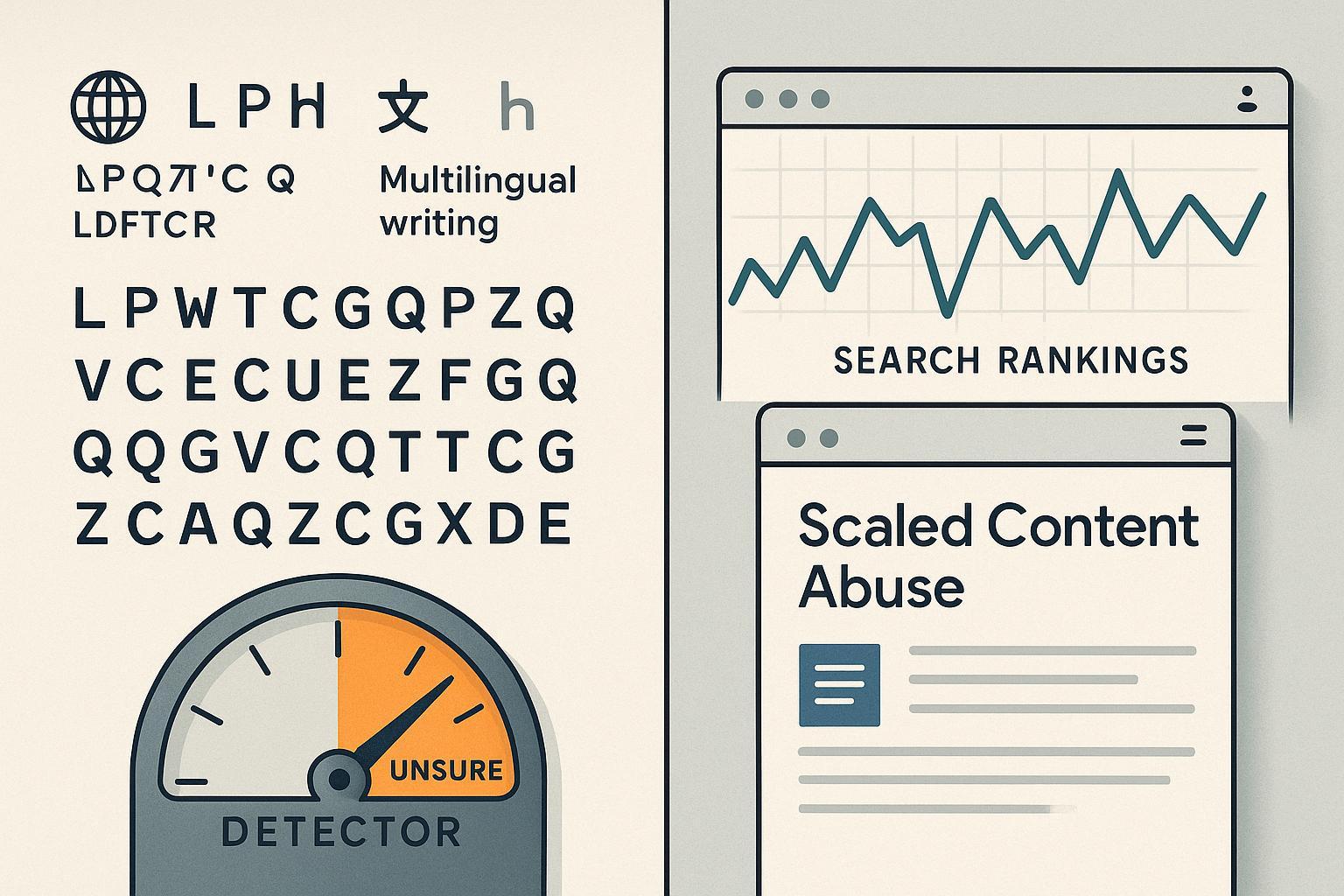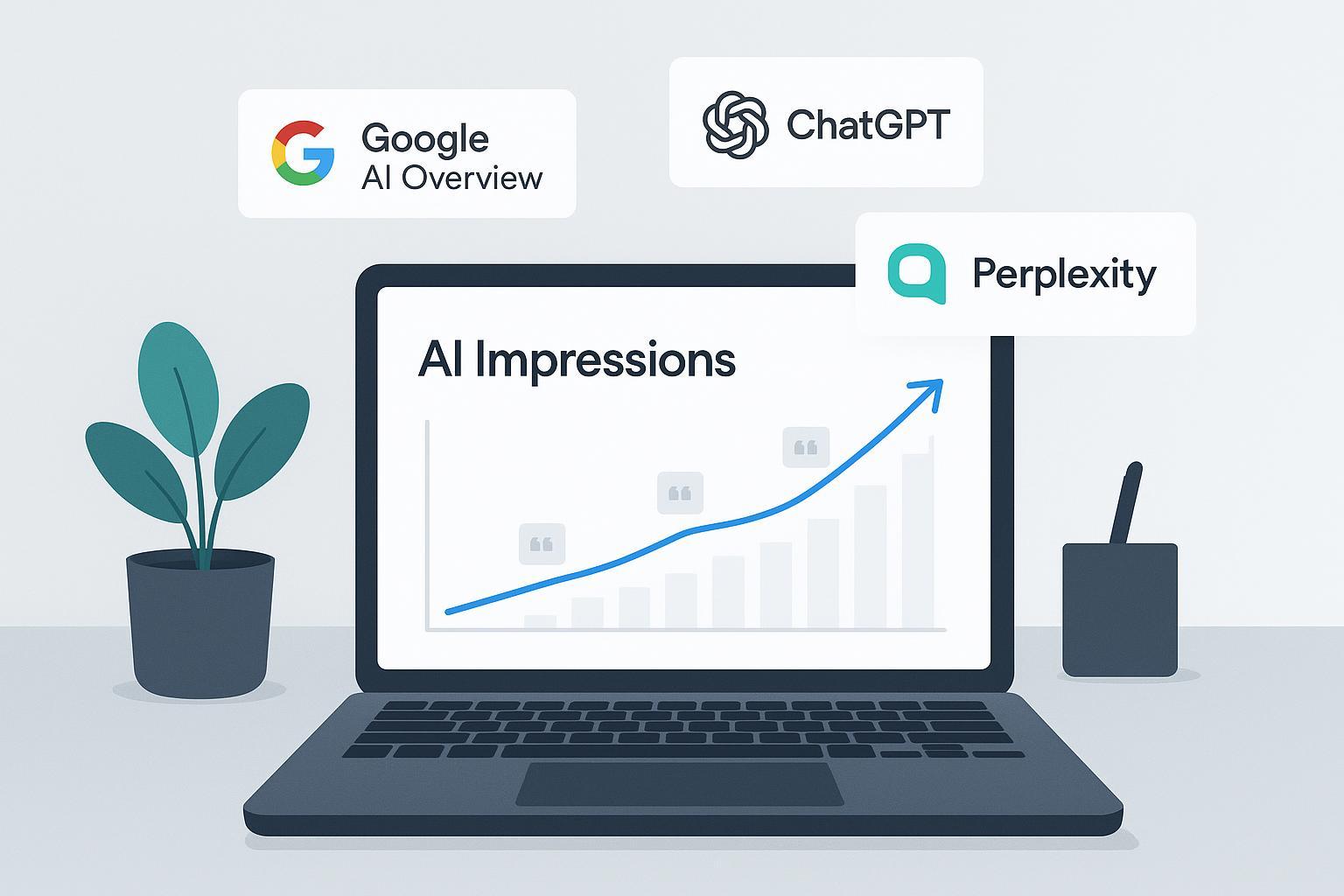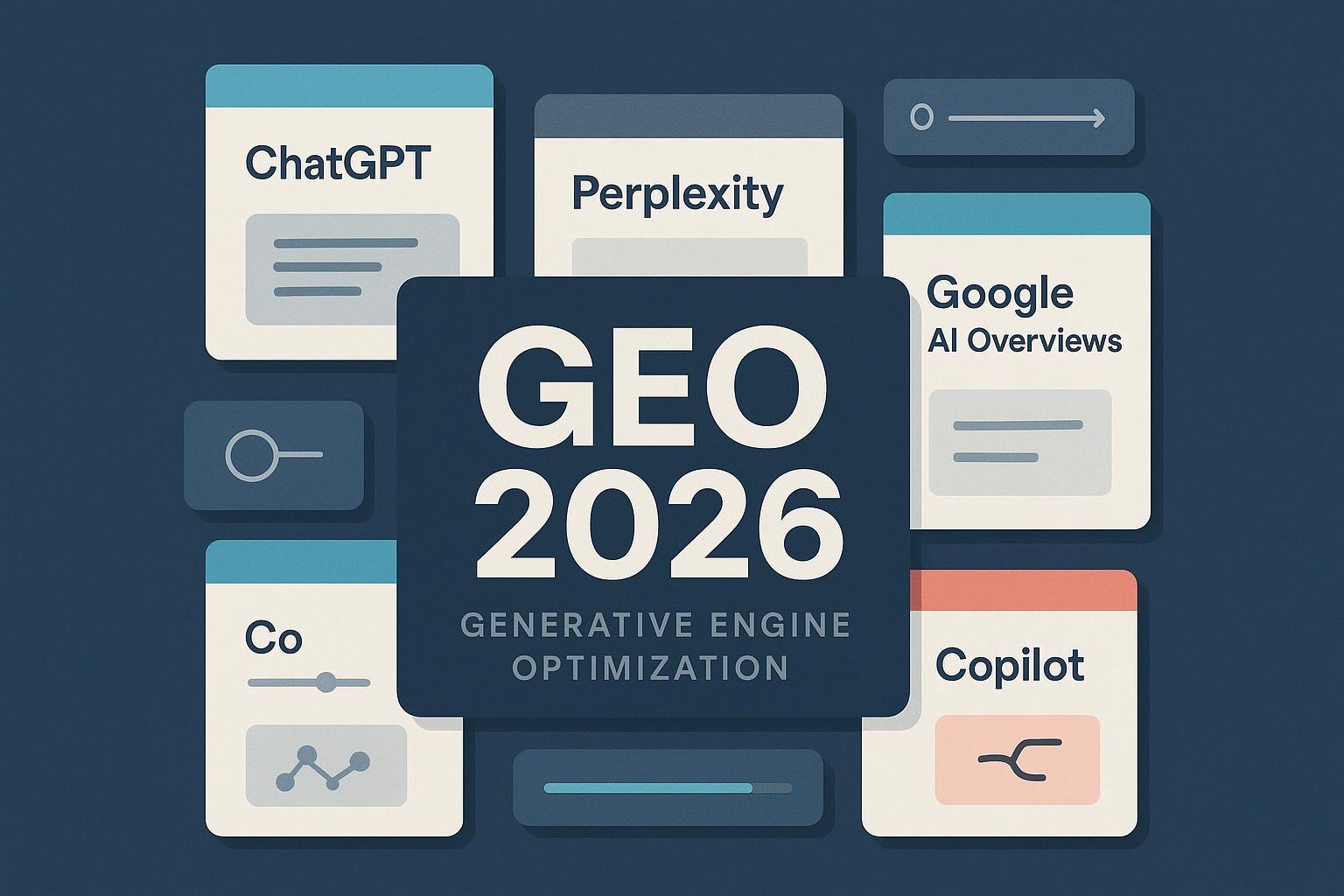AI Content Detection & Rankings: What Matters After Google’s 2025 Update
Google’s 2025 update targets scaled abuse—not AI origin. Learn why AI content detectors misfire, who’s at risk, and how SEO pros should respond now.


Updated on 2025-10-12
Change log:
- Added “detector response protocol” and updated institutional guidance references
- Clarified Google’s 2024 policy stance on scaled content abuse and origin neutrality
- Refined monitoring checklist and recommended update cadence
The internet is awash with claims that “AI-written content gets penalized,” while others insist detectors are infallible arbiters of authorship. Both takes miss the operational reality of 2025. Google’s policies don’t punish content because it was made with AI; they punish large-scale, low‑value production and manipulative tactics that erode helpfulness. Meanwhile, commercial AI detectors still produce false positives and false negatives—especially in mixed or edited drafts—creating reputational and workflow risks for brands.
This piece separates policy from panic so SEO leads, content teams, and agency strategists can move fast without tripping spam systems or mishandling detector flags.
1) Policy reality: Google targets scaled abuse, not AI origin
In March 2024, Google rolled out a core update and expanded spam policies to combat three areas: scaled content abuse, expired domain abuse, and site reputation abuse. Google explicitly defines “scaled content abuse” as generating many pages primarily to manipulate rankings rather than help users—“no matter how it’s created.” See the official explainer in the March 2024 post on the Google Search Central Blog and linked policy pages: March 2024 core update and spam policies (Google Search Central, 2024).
Google simultaneously reiterated an origin‑neutral stance: it “rewards high‑quality content, however it is produced,” while automation designed to manipulate rankings violates spam policies. This position, first laid out in 2023 and reflected in current docs, remains intact: Google Search’s guidance about AI-generated content (Google, 2023).
As the rollout completed in April 2024, Google stated that users would see substantially less unoriginal content in results—“45% less low‑quality, unoriginal content,” after the set of changes took effect on April 19, 2024, according to the company’s product blog update: Google Search update reduces low‑quality content by 45% (Google Product Blog, Apr 2024).
Bottom line: AI origin is not a ranking factor. Helpfulness, originality, and intent are. Risk comes from patterns that resemble scaled, unhelpful production—thin, duplicative, templated pages released en masse—regardless of the tools used.
2) Detector controversy: Why “AI checkers” misfire—and what that means for brands
Vendors publish strong headline numbers for accuracy and low false‑positive rates, often on carefully scoped benchmarks. For example, media coverage summarizing Turnitin’s claims has cited “98% accuracy” with a document‑level false positive rate below 1%—figures that require context on thresholds and test sets; see the analysis summarizing claims and caveats in BestColleges’ Turnitin detector review (2024).
Independent and institutional guidance is more cautious. The UK’s national digital education body emphasizes that no AI detection tool can conclusively prove authorship and warns that false positives do occur; they recommend treating outputs as preliminary signals rather than verdicts. See Jisc’s Generative AI primer (Aug 2024).
Practical implications for marketing and SEO teams:
- Detectors can misclassify mixed drafts (human + AI + edits) and may disproportionately flag non‑native English writers. Use human editorial judgment and source binding to assess quality.
- Avoid contractual or disciplinary actions based solely on detector outputs. Require corroborating evidence (draft histories, interviews/notes, factual citations, timelines).
- Communicate clearly with stakeholders: detectors estimate statistical patterns, not authorship truth.
3) An operational playbook to move fast—without triggering “scaled content abuse”
The safest way to use AI at scale is to show your editorial effort and user value at every step.
- Set scope and velocity by topic cluster
- Cap weekly/monthly publish targets per cluster to avoid thin mass production.
- Tie each piece to a user problem, not a keyword list.
- Make editorial effort visible
- Require expert bylines and accountable editors, especially for YMYL topics.
- Add first‑party elements: original examples, mini case vignettes, quotes from SMEs, unique visuals.
- Codify your AI‑assist methodology
- Publicly state how AI is used (ideation, outlines, drafts), the human review process, and fact‑checking standards.
- Maintain version histories and reviewer sign‑offs.
- Pre‑publication checklist
- Verify originality (search for near‑duplicates), bind claims to sources, check conflicts/disclosures, and ensure UX clarity.
- Ongoing hygiene
- Prune or merge thin legacy pages; avoid launching large batches of templated pages.
For policy alignment and deeper guardrails, see Google’s living documentation: Using generative AI content (Google Search Central, 2025).
Monitoring the downstream impact of your QA improvements
- When you change your content QA (for example, adding expert bylines and original data), watch for shifts in AI summary features and citations across major answer engines.
- Neutral example: teams can track how often their brand is cited or summarized in AI answer surfaces over time alongside sentiment. A platform like Geneo can centralize multi‑platform monitoring of AI Overviews/answer engines while you iterate on quality and documentation. Disclosure: Geneo is our product.
- Separately, build a cohort dashboard for affected URLs, indexation deltas, engagement, and qualitative feedback to evaluate “helpfulness.”
4) If your content is accused of being “AI‑written”: a detector response protocol
When a client, partner, marketplace, or reviewer claims a page is AI‑written based on a detector score, follow a structured process.
- Acknowledge and pause escalation
- Thank the reporter and commit to a documented review within a defined time window. Avoid immediate takedowns unless there is clear policy violation or legal exposure.
- Assemble an evidence kit
- Drafting trail: document history, timestamps, author/editor names, SME review notes.
- Research artifacts: source list, interviews, datasets, screenshots of first‑party work (e.g., experiments, analyses).
- Publication context: editorial brief, target user problem, and how the content addresses it.
- Conduct a human editorial review
- Evaluate originality, claim support, citations, and user value. If issues exist (thin sections, weak sourcing), revise rather than discard.
- Address non‑native author risk
- If the writer is multilingual, note style coaching steps, glossary support, and editor pairing—acknowledging known detector bias risks highlighted by sector guidance like Jisc.
- Communicate findings and actions
- Share a brief report: what was reviewed, what changed, and why the page is retained, revised, or withdrawn.
- Decide on future controls
- Update SOPs: adjust velocity caps, raise citation density for sensitive topics, require SME sign‑off, or add pre‑pub audits.
5) What to monitor next (make this a living program)
Keep a lightweight tracker and update this playbook as the landscape shifts. Recommended watchlist and cadence:
- Google policy and ranking signals
- Watch for new core or spam updates and clarifications on Search Central. Re‑audit content quality after each major update.
- AI answer surface behavior
- Track how AI Overviews and other answer engines cite, summarize, and sentiment‑tag your brand and content when you ship significant QA changes.
- Detector vendor updates and institutional guidance
- Note changes to detector thresholds, benchmarking, or position statements from universities and sector bodies.
Monthly maintenance
- Run a quarterly (or faster during volatility) content quality audit focused on helpfulness signals.
- Maintain a change log for major updates to your methodology, especially if you’re publishing in regulated niches.
Further practical tactic
- Community mentions and credible discussions can influence which sources AI systems cite. For a pragmatic primer on participating without spam, see this overview of Reddit communities for AI search citations best practices.
Closing
AI assistance is not the enemy of rankings—unhelpful, scaled production is. Treat detectors as triage inputs, not judges; show unmistakable editorial effort; and keep a living, auditable methodology. Teams that operationalize these controls can maintain speed without sacrificing resilience through the next wave of updates.
Citations used in this article: Google Search Central (March 2024 core/spam update), Google Product Blog (Apr 2024 45% reduction note), Google’s guidance about AI‑generated content (2023), Google’s Using generative AI content (living doc), Jisc’s Generative AI primer (2024), and BestColleges’ analysis of Turnitin claims (2024).





